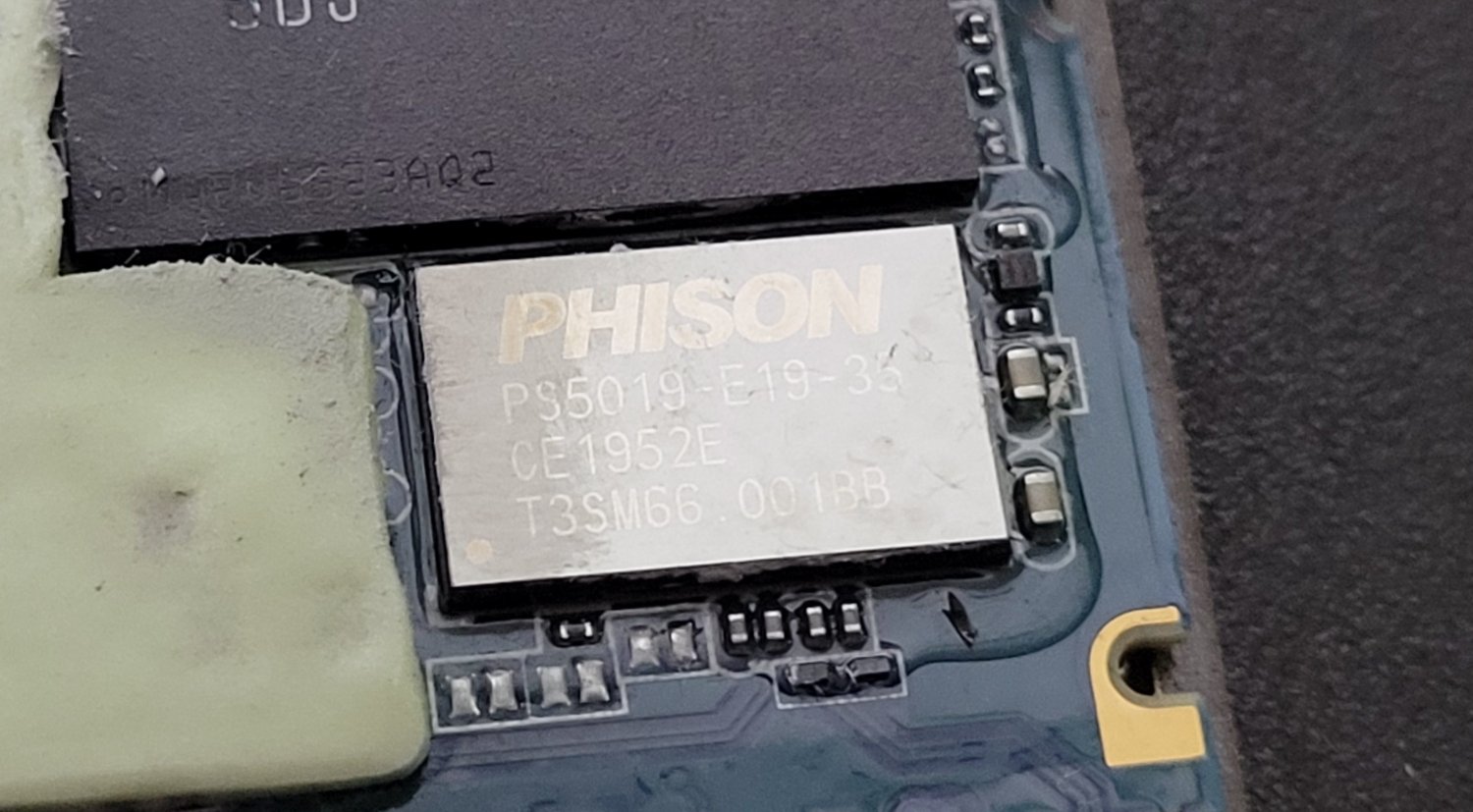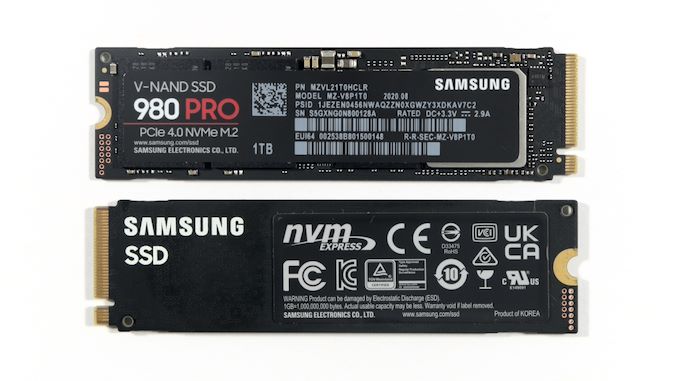xbox ssd has no ram in it, ps5 has been found to have 512mb memory on its ssd and sram, cache scrubbers, 12 channel interface vs 4 on xbox. heres what i found reading online and it still corresponds to what i know of both systems there is more hardware on ps5 and less on xbox..
IO Coprocessor
The IO complex in the PS5's SoC also includes a dual-core processor with its own pool of SRAM. Sony has said almost nothing about the internals of this: Mark Cerny describes one core as dedicated to SSD IO, allowing games to "bypass traditional file IO", while the other core is described simply as helping with "memory mapping". For more detail, we have to turn to a patent Sony filed years ago, and hope it reflects what's actually in the PS5.
The IO coprocessor described in Sony's patent offloads portions of what would normally be the operating system's storage drivers. One of its most important duties is to translate between various address spaces. When the game requests a certain range of bytes from one of its files, the game is looking for the
uncompressed data. The IO coprocessor figures out which chunks of compressed data are needed and sends NVMe read commands to the SSD. Once the SSD has returned the data, the IO coprocessor sets up the decompression unit to process that data, and the DMA engine to deliver it to the requested locations in the game's memory.
Since the IO coprocessor's two cores are each much less powerful than a Zen 2 CPU core, they cannot be in charge of all interaction with the SSD. The coprocessor handles the most common cases of reading data, and the system falls back to the OS running on the Zen 2 cores for the rest. The coprocessor's SRAM isn't used to buffer the vast amounts of game data flowing through the IO complex; instead this memory holds the various lookup tables used by the IO coprocessor. In this respect, it is similar to an SSD controller with a pool of RAM for its mapping tables, but the job of the IO coprocessor is completely different from what an SSD controller does. This is why it will be useful even with aftermarket third-party SSDs.
Cache Coherency
The last somewhat storage-related hardware feature Sony has disclosed is a set of cache coherency engines. The CPU and GPU on the PS5 SoC share the same 16 GB of RAM, which eliminates the step of copying assets from main RAM to VRAM after they're loaded from the SSD and decompressed. But to get the most benefit from the shared pool of memory, the hardware has to ensure cache coherency not just between the several CPU cores, but also with the GPU's various caches. That's all normal for an APU, but what's novel with the PS5 is that the IO complex also participates. When new graphics assets are loaded into memory through the IO complex and overwrite older assets, it sends cache invalidation signals to any relevant caches—to discard only the stale data, rather than flush the entire GPU caches.
What about the Xbox Series X?
There's a lot of information above about the Playstation 5's custom IO complex, and it's natural to wonder whether the Xbox Series X will have similar capabilities or if it's limited to just the decompression hardware. Microsoft has lumped the storage-related technologies in the new Xbox under the heading of "Xbox Velocity Architecture":
Microsoft defines this as having four components: the SSD itself, the compression engine, a new software API for accessing storage (more on this later), and a hardware feature called Sampler Feedback Streaming. That last one is only distantly related to storage; it's a GPU feature that makes partially resident textures more useful by allowing shader programs to keep a record of which portions of a texture are actually being used. This information can be used to decide what data to evict from RAM and what to load next—such as a higher-resolution version of the texture regions that are actually visible at the moment.
Since Microsoft doesn't mention anything like the other PS5 IO complex features, it's reasonable to assume the Xbox Series X doesn't have those capabilities and its IO is largely managed by the CPU cores. But I wouldn't be too surprised to find out the Series X has a comparable DMA engine, because that's kind of feature has historically shown up in many console architectures.
source
https://www.anandtech.com/show/15848/storage-matters-xbox-ps5-new-era-of-gaming/2




